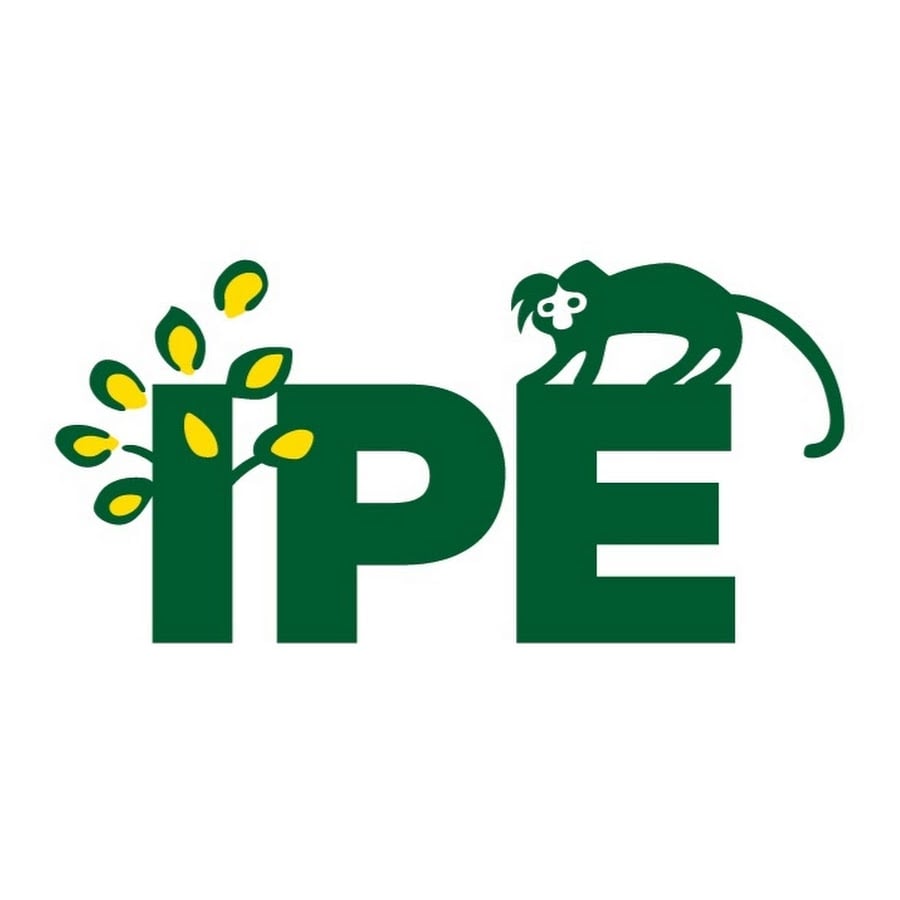::cck::796::/cck::
::introtext::
Through LTCI – Lowland Tapir Conservation Initiative, after the wildfires in Pantanal (MS) in 2020, IPÊ has contributed with surveying the impacts the fires had on the region’s fauna, including tapirs. Among the most affected areas is PRNH Sesc Pantanal (Private Reserve of Natural Heritage – RPPN in Portuguese), which today can count on INCAB for monitoring the animals with camera traps. To better understand the situation, we interviewed Sesc Pantanal’s socio-environmental Center superintendent, Christiane Caetano.
Has the impact of the 2020 wildfires in Sesc Pantanal already been evaluated? What is the extent of area lost?
Two units of Sesc Pantanal have been hit by the fires, one in Poconé, another in Barão do Melgaço. The country’s largest private reserve, the PRNH Sesc Pantanal, with 108,000 hectares, had 93% of its area affected by the fires, to varying degrees. This unit is located in Barão do Melgaço. Sesc Baía das Pedras Park, in Poconé, had 500 of its 5,000 hectares hit.
How are you working today for the regeneration of the area?
Regeneration of the area will happen naturally, with monitoring from the institution. Three lines of research are underway at the RPNH at the moment: on fauna, flora, and water quality. The aim is to evaluate the impacts of the fires and, by coupling scientific data and local knowledge, contribute to decision-making throughout Pantanal.
The biome is a large region, encompassing urban, rural, and wild environments. It is inhabited by numerous traditional communities, indigenous villages, farms, touristic establishments, and conservation units. All of them have been impacted to some degree by the 2020 wildfires, and all, to some extent, have some protection but also face threats.
How are the donations made by INCAB-IPÊ being applied?
The donated trap cameras are integrated to fauna research and allow for the monitoring of the animals, after the worst wildfires in the history of RPNH Sesc Pantanal, which was also the worst fire season in Pantanal in the last decades.
Through the traps, about 300 fauna sightings were recorded each week, just after the fires, in September. Due to being weak, many animals walked kilometers looking for water and food, and at first concentrated close to the spots installed by Sesc Pantanal, where the cameras are located.
This significant concentration of animals hasn’t been seen in 2021 anymore. This shows the importance of monitoring, which allowed for the observation of this emergency support, essential for helping the surviving animals overcome the acute phase, moving towards a gradual return of regular life, among them the Tapir, also known as the “gardener of forests”.
The reduction in the number of sightings, which now hovers around 30 per week, the reduction in consumption of food offered by the institution, the identification of the reestablishment of natural sources of food and water, coming from the rain, contributed to the end of the emergency action, with the removal of the troughs and suspension of food distribution in February.
With the end of the emergency action, all cameras now contribute to the observation of the new routines and renewed takeover of the territory by the animals.
What is the role of Brazilian society in the protection of Pantanal? How can Brazilians contribute?
Pantanal is a common heritage of humankind and the largest continental wetland area in the planet, its role in the maintenance of biodiversity and ecological systems is undeniable, as is the value of resources and ecosystem services rendered by the biome that humanity receives and takes advantage of. Its protection is responsibility of all society, public and civil, which, in its different levels and in a shared manner, must promote actions to protect its ecosystems, the development of good productive practices and promote sustainable development in the communities in its territory, always taking the characteristics of the region into account.
We must consider that human life is intrinsically entwined to the ecological balance of the environment, and that this connection depends upon the quality of our existence. Therefore, it is everyone’s responsibility, as we can contribute even with small local actions, such as buying consciously and reducing residential waste, all the way to helping with the formulation and effectiveness of public policies for the conservation and sustainable development of Pantanal.
::/introtext::
::fulltext::::/fulltext::
::cck::796::/cck::


